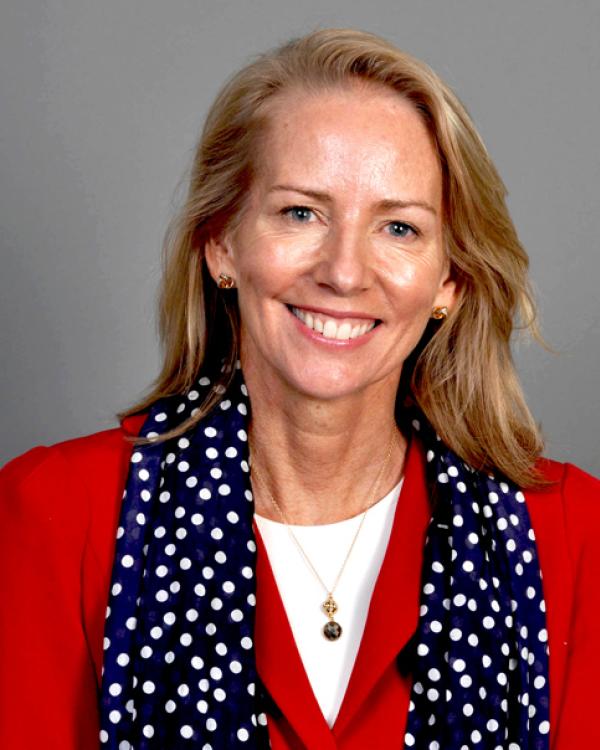
Tine Sloan, Director of UC Santa Barbara’s Teacher Education Program, was one of four presenters who made the case for the importance and strength of University of California Educator Preparation Programs to a recent meeting of the UC Regents in Sacramento. Sloan presented along with Aimee Dorr, Provost, Yvette Gullatt, Vice Provost, Education Partnerships, and Harold Levine, Dean, School of Education, UC Davis.
Sloan’s remarks focused on the outcomes for the UC’s educator preparation work. “There is this age-old rumor that UC programs are more theoretical than say the CSU programs,” she explained, to establish context. “I heard this when I decided to go to Cal Poly and do my teaching credential nearly 30 years ago. But today, the UC programs have among the highest student teaching hours of California’s programs—many of our candidates are in schools for the entire academic year. But they are not left there unsupervised—they’re highly supervised and this is where UC excels.” She also added, “And yes, we do think having a research and theory base with which to make decisions is important for teachers.”
Sloan also discussed the recent national comparisons for teaching performance assessment, now used in 36 states piloted by six UC programs last year. Even though California has set a higher passing score on this assessment, 97% of UC-trained teachers passed it, as compared to a national pass rate of 74%. She concluded, “So we have some evidence that UC trained educators are among the exceptional educators in the state.”
Sloan then turned to discuss the outcomes that are unique to the innovative, change-agent, growth model programs that we have in UC. “Each of our campuses is doing unique things, trying out innovative practices that we expect are important for our next generation of California teachers,” she said, “teachers who are particularly well poised to help California’s underserved students excel.” As examples she mentioned: some campuses are invested in collaborative teaching models as a way to raise the level of individual attention students receive in classrooms; others are focused on education in urban contexts, others on rural contexts, and ensuring teachers have the understandings and skills to serve children from these communities; while others have turned to international partners, often in countries hailed as having the world’s best educational levels, to inform our work.